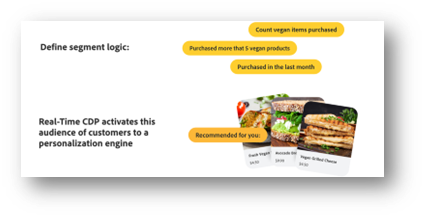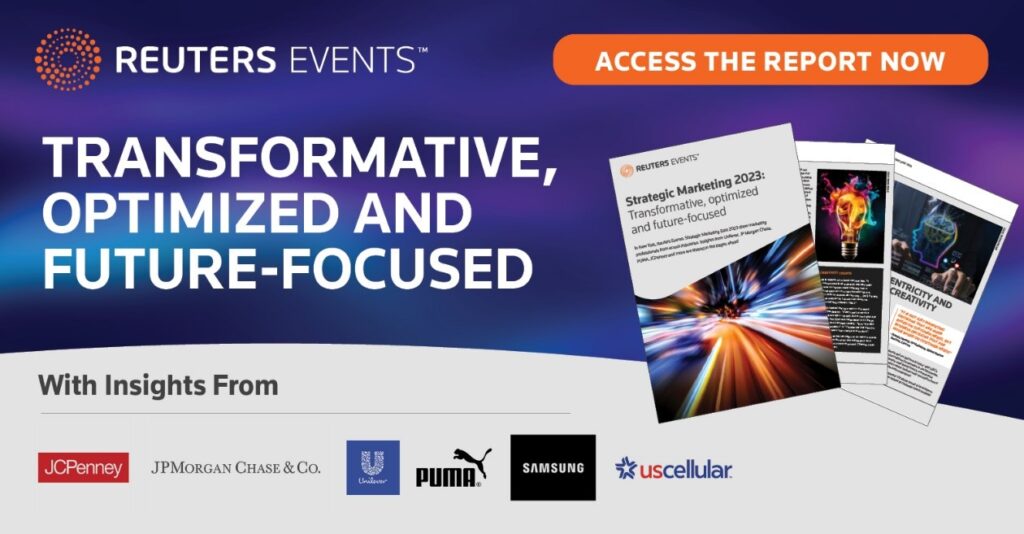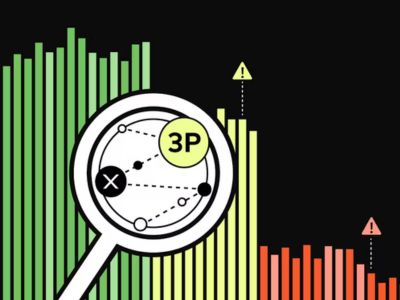New tools for marketers in Adobe Real-Time CDP unlock efficiency and scaled audience engagement
February 5, 2024This article was originally published on Adobe website. Click here to see the original blog post.
Marketers today are looking for new ways to improve customer experiences, all while making the most of their precious time. They’re also constantly trying to learn more about their customers — or prospective customers — to deliver relevant experiences.
Adobe Real-Time CDP has introduced new features that will serve as critical new tools in a marketer’s arsenal and help them discover more from their customer data and deliver meaningful experiences. Each of these capabilities was developed with the practitioner in mind, making them easy to adopt, intuitive to use, and completely self-service.
Here are the new tools you can find within Real-Time CDP:
- Computed attributes. These summarize user behavior into meaningful customer profile attributes to enhance audiences with historical behavioral and transactional context.
- Look-alike audiences. Look-alike audiences use machine learning to discover and scale high-value audiences.
- New connectors. These connectors reach customers where they spend time — with TikTok and Snapchat as points of activation — and optimize conversion tracking with TikTok, LinkedIn, Pinterest, and X Conversions API extensions.
Let’s dive into each one:
Computed Attributes
Serving the right experience at the right time requires brands to fully harness the power of behavioral data like website and mobile app engagements. Brands can distinguish themselves from the competition by summarizing behavioral data with real-time signals in conjunction with historical engagement data.
With Computed Attributes, Real-Time CDP and Adobe Journey Optimizer licensees can now use a marketer-friendly user interface (UI) to create event aggregates, such as total value of purchases made in the last 30 days or the number of bookings made in last year and use these values as attributes in Real-Time Customer Profiles. This feature helps marketers drive impactful personalization, simplify segmentation or journey building experiences, and activate audiences enriched with behavioral aggregates to destinations such as email marketing applications, CRMs, data science tools, and personalization solutions like Adobe Target.
In the past, marketers may have relied on data engineering teams or complex SQL queries to compute behavioral aggregates, which were limited to the dataset in question. As new behavioral data streamed in, updating these attributes meant navigating multiple teams and systems. With Computed Attributes, customers can use functions like SUM, COUNT, MIN, MAX, and MOST_RECENT and let the application update values for each Real-Time Customer Profile, with flexible lookback windows and refresh frequencies.
Let’s look at a retail use case to see Computed Attributes in action. Brian is a marketer for a retail brand that wants to increase repeat purchases for a new vegan food line. To better target audiences interested in vegan foods, Brian creates a Computed Attribute to count the number of vegan products each of his customers are buying. Using this new Computed Attribute, Brian then defines segment logic to create audiences of customers who have purchased more than five vegan products in the last month.
As customers meet Brian’s segment definition and the Computed Attribute is updated, Real-Time CDP activates this audience of customers to a personalization engine. When the target audience lands on the retailer’s website, the personalization engine delivers an experience highlighting the newest additions to the vegan food line.

Beta customers of Computed Attributes, ranging from national grocers to banks to global sports entertainment brands, have been thrilled by its power. These beta customers were able to reduce hundreds of segments into a few computed attributes, use behavioral aggregates to optimize conversions from a free user trial, re-target anonymous users based on checkout activity, improve web personalization, and orchestrate better journeys.
Look-alike audiences
Who doesn’t want to find more of their best customers, quickly? With the proliferation of data and the pressures on marketing budgets, brands need tools to easily identify promising audiences. Look-alike audiences in Adobe Real-Time CDP allows marketers to use a simple UI to expand their first-party audiences and scale activation.
Look-alike audiences auto-trains models for all audiences in Real-Time CDP and auto-generates insights so marketers can see the factors that influenced the model. Marketers can also view reach and similarity graphs for each audience so that they can quickly assess, select, and activate impactful look-alike audiences depending on their scale and use case need.
Let’s consider an example use case. Lisa is a marketer, and she needs to increase the number of hotel room bookings for the quarter. Lisa uses Real-Time CDP to view auto-generated look-alikes for each of her existing audiences. Thanks to the modeling and insights from Look-alike audiences, she sees there is an untapped group of customers who are similar to existing loyalty members. Lisa takes her loyalty members (the seed audience) and publishes the look-alike audience. She activates to paid social destinations with a seasonal discount and achieves her quarterly booking goal.
New connectors — destinations and event-forwarding extensions
To allow brands to activate the customer profile in more places, the Real-Time CDP destinations and extensions catalog is ever-growing. New productized connectors allow brands to reach their audiences through TikTok and Snapchat destination connections. Marketers can leverage the power of Real-Time CDP to centralize data from across sources, create powerful audiences, and activate those audiences to TikTok and Snapchat. These audiences can be activated in batch or streamed in, to ensure the latest profiles are available for advertising use cases.
To optimize advertising budgets, marketers can use new TikTok, LinkedIn, X, and Pinterest Conversion APIs to forward event data collected from the Adobe Experience Platform Edge Network to these social platforms. Marketers can use web event data — such as conversions and behavioral signals — to enhance their advertising campaigns on TikTok, LinkedIn, X, and Pinterest. Without real-time behavioral data, marketers waste ad dollars on audiences who have already converted or miss key signals to better optimize a social media campaign based on the latest actions.
Additionally, brands may be configuring highly technical conversion APIs for individual platforms, spending time and resources that are better spent elsewhere. With Adobe, brands can use a quick start workflow to configure event forwarding once and send the event data to multiple end points using pre-built extensions to not only optimize media dollars but also gain operational efficiencies.
You can learn how to get the most out of Adobe Real-Time CDP by visiting Adobe Experience League. To stay up to date on the latest Real-Time CDP releases, visit the Adobe Experience Platform release notes.


